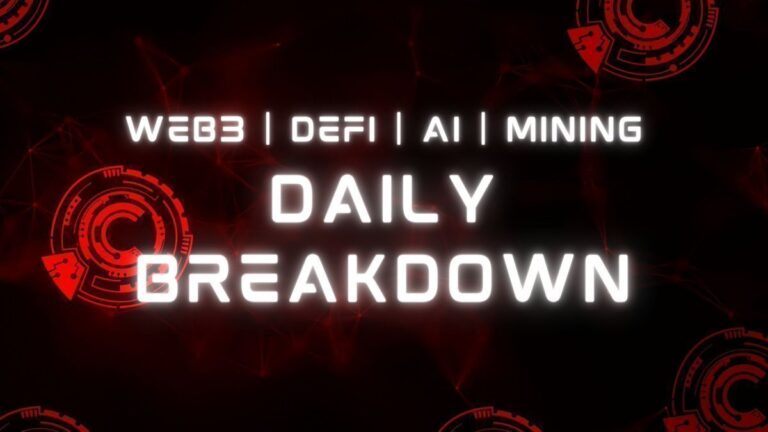
In the realm of technology, where rapid change is the only constant, one buzzword has firmly cemented itself in the lexicon of the digital age: Blockchain. So, what’s the intrigue behind this often-mentioned, yet mystifying, concept?
Imagine a ledger – not held within the confines of a singular entity or authority but dispersed and shared among a multitude of computers. This is the heart of blockchain technology. It’s a decentralized and distributed digital ledger, recording transactions across countless computers. The essence of its design ensures that any record, once registered, cannot be manipulated without modifying all subsequent blocks and attaining network consensus.
Invented by the elusive Satoshi Nakamoto in 2008, blockchain came into existence as the backbone of Bitcoin, the first digital currency to resolve the double-spending predicament sans a central server or a trusted authority.
Beyond Cryptocurrency: The Many Faces of Blockchain
While the cradle of blockchain technology was the world of cryptocurrency, its potential uses have expanded far beyond that narrow scope. Technologists and innovators are probing its potential for diverse applications:
Payment Processing and Money Transfers: Utilizing blockchain for transaction processing could expedite settlements to a matter of seconds and drastically reduce banking transfer fees.
Supply Chain Monitoring: Businesses could leverage blockchain to promptly identify supply chain inefficiencies, track items in real-time, and gauge product performance from a quality-control perspective.
Digital IDs: The likes of Microsoft are experimenting with blockchain for managing digital identities, providing users the autonomy over who accesses their data.
Data Sharing: Blockchain could serve as a secure intermediary for storing and transferring enterprise data across industries.
Copyright and Royalties Protection: Artists and open source developers could benefit from a blockchain-powered decentralized database ensuring rights protection and transparent royalty distributions.
IoT Network Management: Blockchain could facilitate the regulation of IoT networks, assessing the trustworthiness of devices and monitoring their activity.
Healthcare: Blockchain’s potential role in healthcare is significant, with the potential to manage clinical trials data and electronic medical records while maintaining regulatory compliance.
The Blockchain Advantage
The primary allure of blockchain is its function as a secure and transparent medium for recording transactions. However, the benefits of blockchain transcend those of a conventional database:
Time Savings: Blockchain curtails transaction times from days to mere minutes. The absence of a central authority expedites transaction settlement.
Cost Reduction: Blockchain transactions require less oversight, enabling direct exchanges of value, thereby eliminating duplicated efforts due to shared access to the ledger.
Enhanced Security: The inherent security features of blockchain fortify it against tampering, fraud, and cybercrime.
The Fundamental Principles of Blockchain
Blockchain owes its distinctiveness to the way it archives transaction data, storing them in interconnected blocks to form a chain. As the transaction volume swells, so does the blockchain. The blocks log and validate the time and sequence of transactions within a discrete network governed by mutually agreed-upon rules.
Four key principles underpin blockchain technology:
Shared Ledger: An “append-only” distributed system of records shared across a business network, eliminating duplication in traditional business networks.
Permissions: These ensure transactions are secure, authenticated, and verifiable. Network participation constraints enable organizations to comply with data protection regulations more effortlessly.
Smart Contracts: These are agreements or rule sets governing business transactions. Stored on the blockchain, they are automatically executed as part of a transaction.
Consensus: Through consensus, all parties assent to network-verified transactions. Various consensus mechanisms exist in blockchains, including proof of stake, multisignature, and practical Byzantine fault tolerance.
The Inhabitants of the Blockchain Ecosystem
A typical blockchain network houses various participants, each playing a specific role:
Blockchain Users: Participants with permissions to join the blockchain network and conduct transactions with other network members.
Regulators: Users with special permissions to oversee transactions within the network.
Blockchain Network Operators: Individuals with special permissions and authority to define, create, manage, and monitor the blockchain network.
Certificate Authorities: Individuals tasked with issuing and managing the various types of certificates required to operate a permissioned blockchain.
Freedom Unchained: The Road Ahead
We stand on the precipice of a new era, wherein the power to control and verify transactions, once held by centralized authorities, is being methodically redistributed among the many. This is the promise of blockchain: a world where intermediaries are obsolete, where trust is built on transparent and immutable code, and where the individual, not the institution, reigns supreme.
In this world, the potential for collaboration is boundless, unrestrained by the gatekeepers of old. As we navigate this uncharted terrain, we must never lose sight of the singular truth that defines our path: that every transaction, every exchange, is a testament to our collective faith in the power of decentralization, a celebration of our shared quest for unfettered freedom.
Sources:
- What Is Blockchain and How Does It Work? | Synopsys – Link




